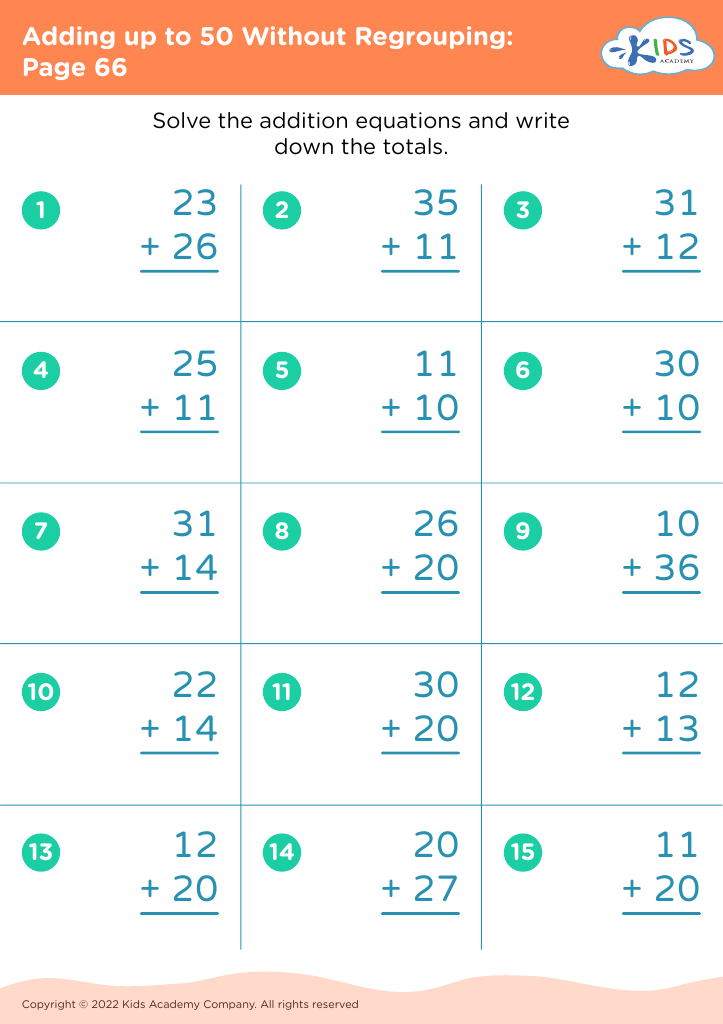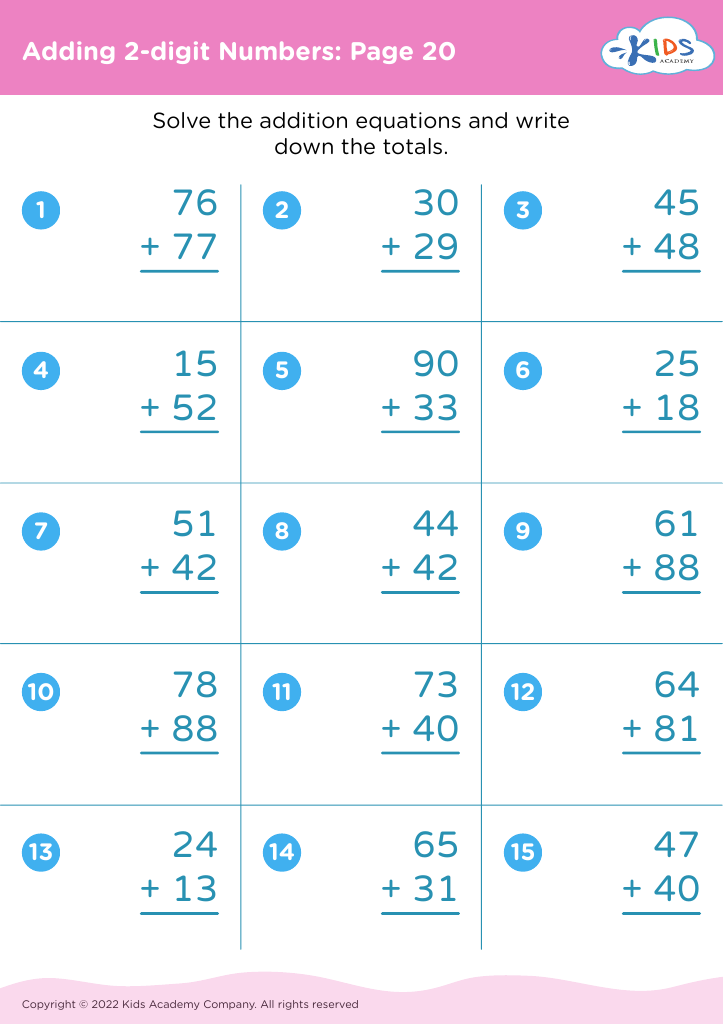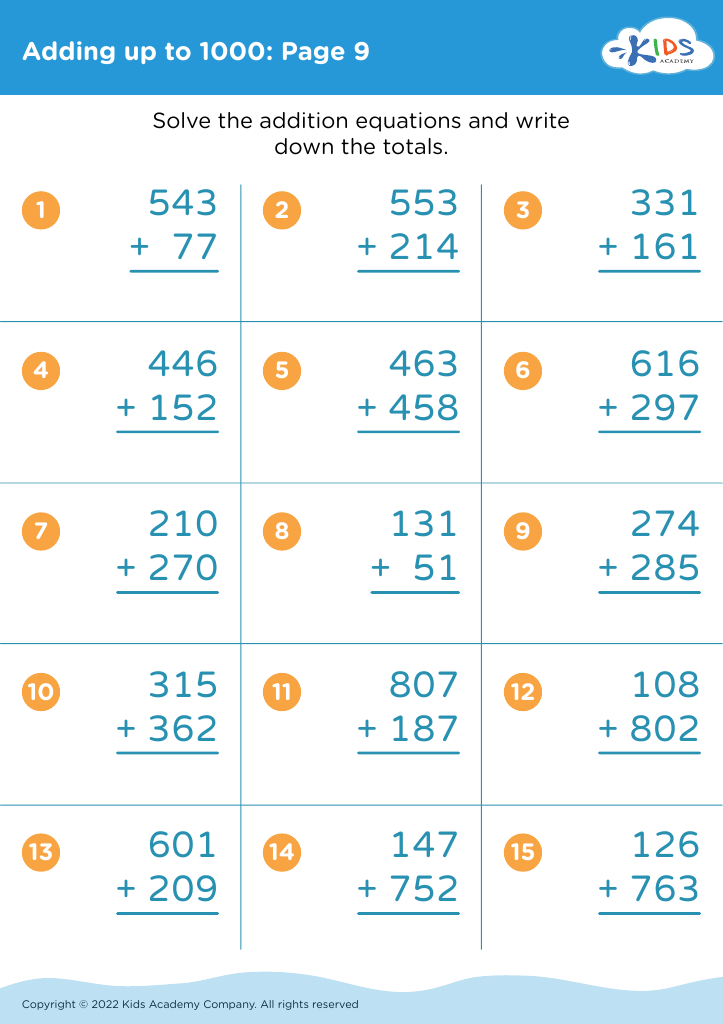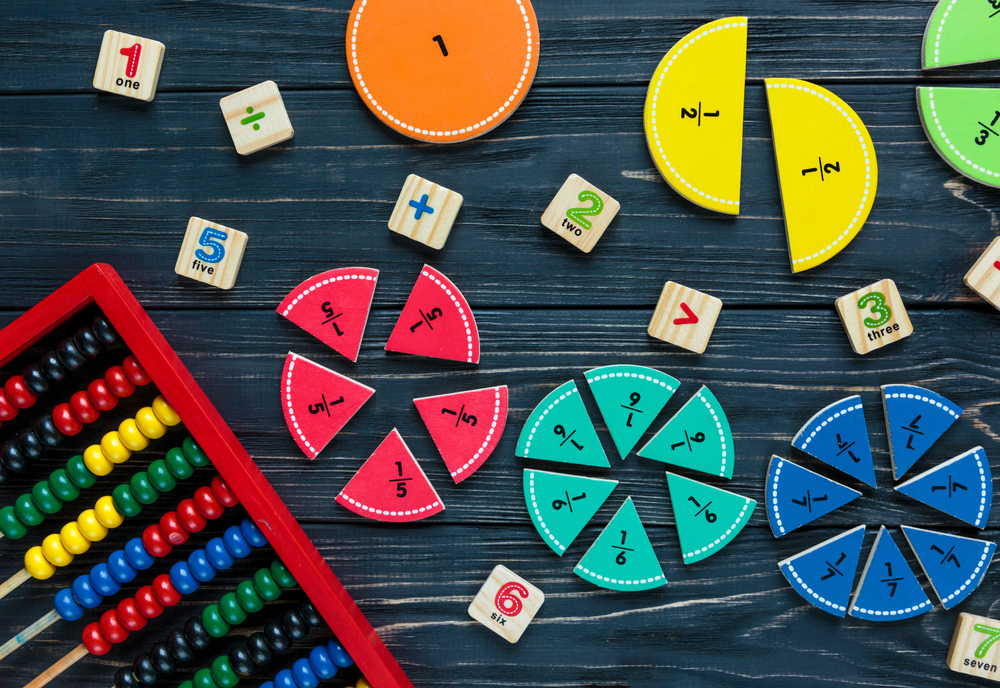Practice division Math Worksheets for Ages 6-9
3 filtered results
-
From - To
Discover engaging Practice Division Math Worksheets for ages 6-9, designed to foster a strong foundational understanding of division concepts. Our worksheets feature fun and interactive exercises, helping kids build essential skills through illustrated problems and real-life scenarios. Perfect for young learners, these resources aim to enhance critical thinking and problem-solving abilities. Download and print our free, high-quality worksheets to support your child's math journey and boost their confidence in division. With our expert-crafted materials, watch as your budding mathematician excels in their numerical skills!
Parents and teachers should care about practicing division math for ages 6-9 because foundational math skills established early on are crucial for academic success across all subjects. At this stage, children are developing cognitive and problem-solving skills, and division is a fundamental arithmetic operation that supports overall mathematical comprehension.
Introducing division to young learners helps cultivate logical thinking and enhances their ability to break down complex problems into manageable parts. This not only aids in math classes but also in everyday situations, supporting skills like sharing, grouping items, and understanding patterns.
Consistent practice in division promotes numerical fluency, making subsequent topics such as fractions, ratios, and more advanced operations more approachable and less intimidating. Early positive experiences with math build confidence, reduce math anxiety, and foster a lifelong positive attitude towards STEM subjects.
In a classroom or home education setting, practicing division nurtures perseverance, attention to detail, and the ability to learn from mistakes. It also offers opportunities for hands-on learning, group work, and practical applications, making math relatable and engaging for young minds.
By prioritizing division practice at ages 6-9, parents and teachers lay a strong mathematical foundation, supporting ongoing academic achievement and developing critical life skills.
























